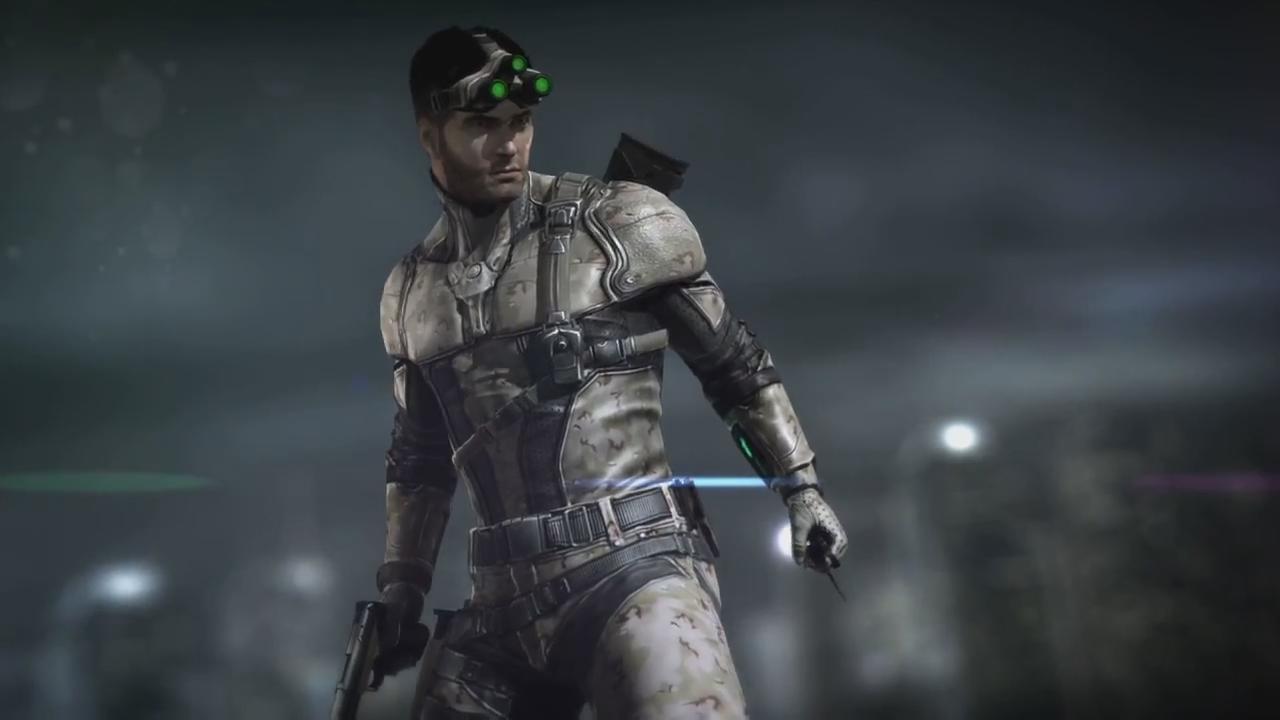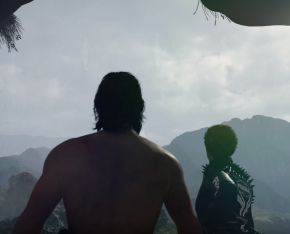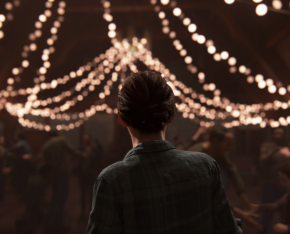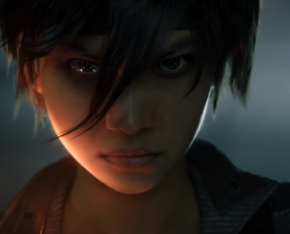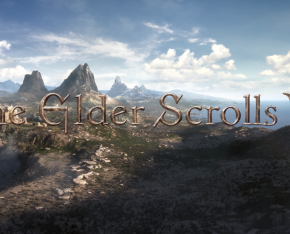By Paolo Succi on September 8, 2013 at 5:49pm
Not far into the opening level of “Blacklist”, Sam says to his longstanding friend, Vic, that it “feels just like the good old days”. After playing through Ubisoft’s newest addition to the “Splinter Cell” series, this quote perfectly encapsulates the “Blacklist” experience. The game has taken the best parts from all the installments before it, and as a result, is the best entry of the series to date.
With the exception of the WiiU release, “Blacklist” simply looks great. The absence of a downloadable high-res texture pack available on other consoles really holds the WiiU back from looking as sharp as its neighbors. As great as the now aging hardware of the PS3 and Xbox portray “Blacklist”, the PC version definitely looks the best. Shadows appear natural, yet defined well enough so that you will always have an idea of where you will be cloaked, and where you will be exposed. Mission directives are projected on walls and surfaces just as they were in “Conviction”. These overlays are unique, interesting, and work to convey information to the player without breaking the immersion.
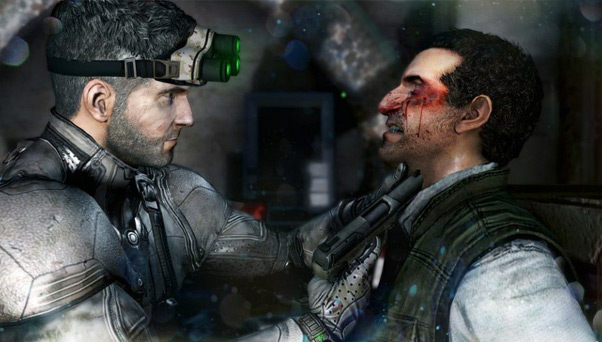
The cut scenes have a very cinematic feel to them, progressing the story forward and consequently keeping the player hooked. The story-line centers around a terrorist group threatening to commit escalating terrorist attacks every week (a countdown called “The Blacklist”) until the United States withdraws all their troops worldwide. The campaign sends Sam and his intelligence team jet-setting across the globe in pursuit of the attackers, always seemingly one step behind. Thanks to exceptional voice acting and interesting plot turns the narrative never falls into clichés you may expect from international spy thrillers, and maintains a sense of urgency throughout the story missions. The character models look great, but it is worth noting that “Blacklist” presents a markedly new Sam Fisher, almost unrecognizable from past games. While I take no issue with this new Sam, there is a definite age disparity between the model depicted, and the voice actor.
“Blacklist” is a follow-up to 2010’s “Splinter Cell: Conviction”. While “Conviction” wasn’t inherently a bad game, it was a radical departure from what longstanding fans have considered “Splinter Cell’s” roots. Ubisoft had abandoned much of the cloak-and-dagger stealth mechanics in favor of an emphasis on stealth-action. Players no longer operated in complete darkness to non-lethally dispatch enemies with sticky shockers and flashbangs; instead, they slid from cover to cover exterminating enemies with assault rifles and frag grenades. “Conviction” also introduced the mark-and-execute mechanic, allowing players to eliminate several enemies with a single button press, prompting many gamers to dub it the "win button”. Ubisoft received a lot of criticism for this gameplay shift, and “Blacklist” is testimony to their concerted effort to address these complaints. The game has managed to offer players the option to take an action-oriented approach, or dispatch foes with a more methodical, stealth-based one.
You are scored after each level depending on your play-style. Points achieved are grouped into Ghost, Panther, or Assault categories. Ghost players use non-lethal or avoidance tactics, panther players stick to the shadows but use lethal attacks, and assault players have no respect for stealth and prefer the “Conviction” style of play. I generally found myself predominantly in one category, but never ruling out others. Much like “Conviction”, being spotted by enemies doesn’t mean instantly hitting load last checkpoint as it did in other “Splinter Cells”. Instead I felt more inclined to play out the scenario, as it was satisfying to slip back into the shadows and take out guards on the hunt. With that being said, there are a few points where the checkpoints are unforgiving to the point where you will replay long sections too many times.
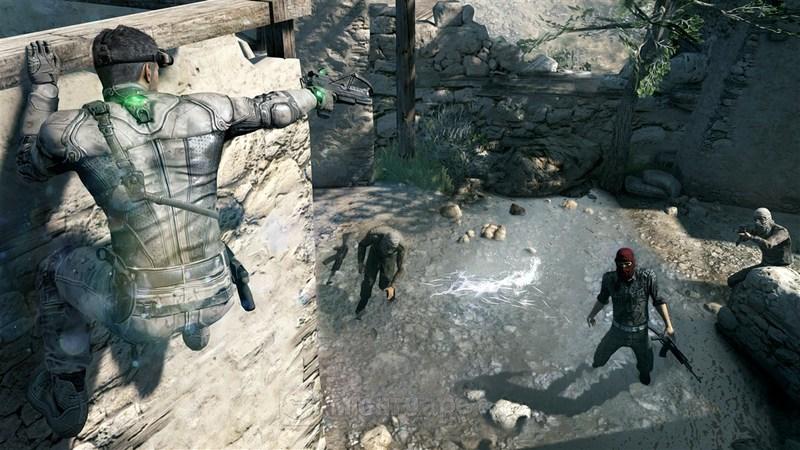
True to the series, “Blacklist” carries on the tradition of superb level design. Level paths diverge and converge, presenting Sam with the option to scale drainpipes, ladders and platforms, or hop in and out of windows to traverse building ledges. The free flowing nature of the stages means that you rarely find yourself waiting too long for a guard to repeat his patrol route, as you are provided a multitude of options to dispatch or dodge other foes in the meantime. The AI really adds to the experience, guards will talk amongst themselves and move about the level. They will mention downed enemies by name, saying they haven’t seen them in a while and will send a search party. To break up the stealth gameplay, the campaign puts you in other roles to thwart the terrorist group. Sam will pilot remote vehicles, escort VIPs, and another sequence that has you gunning down enemies as a first-person shooter.
In addition to the main story-line, there is several hours of diversions Sam can undertake through the campaign. Playing missions earns Sam cash, which can be spent on upgrading gameplay elements such as gadget capacity, or radar improvements. While you start with a good supply of high tech weaponry and armor, virtually every element of Sam Fisher’s loadout can be upgraded and customized, allowing for a unique experience per player and encouraging build diversity. Further, side-missions can be undertaken to improve the existing gadget set or unlock new technologies.
When you have exhausted the single player campaign and upgraded all your gear, the co-op missions offer objective-based levels to play through with friends. The mode is surprisingly deep given the breadth of the single-player campaign. Offering at least several hours of content, it certainly doesn’t feel tacked-on at the last minute.
As great as “Blacklist’s” mission-based elements are, the competitive multiplayer here really manages to shine through. The standard deathmatch is an option, but the real star is the Spies vs. Mercs mode, resurrected from “Double Agent” after being dropped in “Conviction”. As per the title, the mode pits a team of spies set to hack terminals against a team of mercenaries who do everything they can to stop them; it’s essentially hide-and-seek with guns.
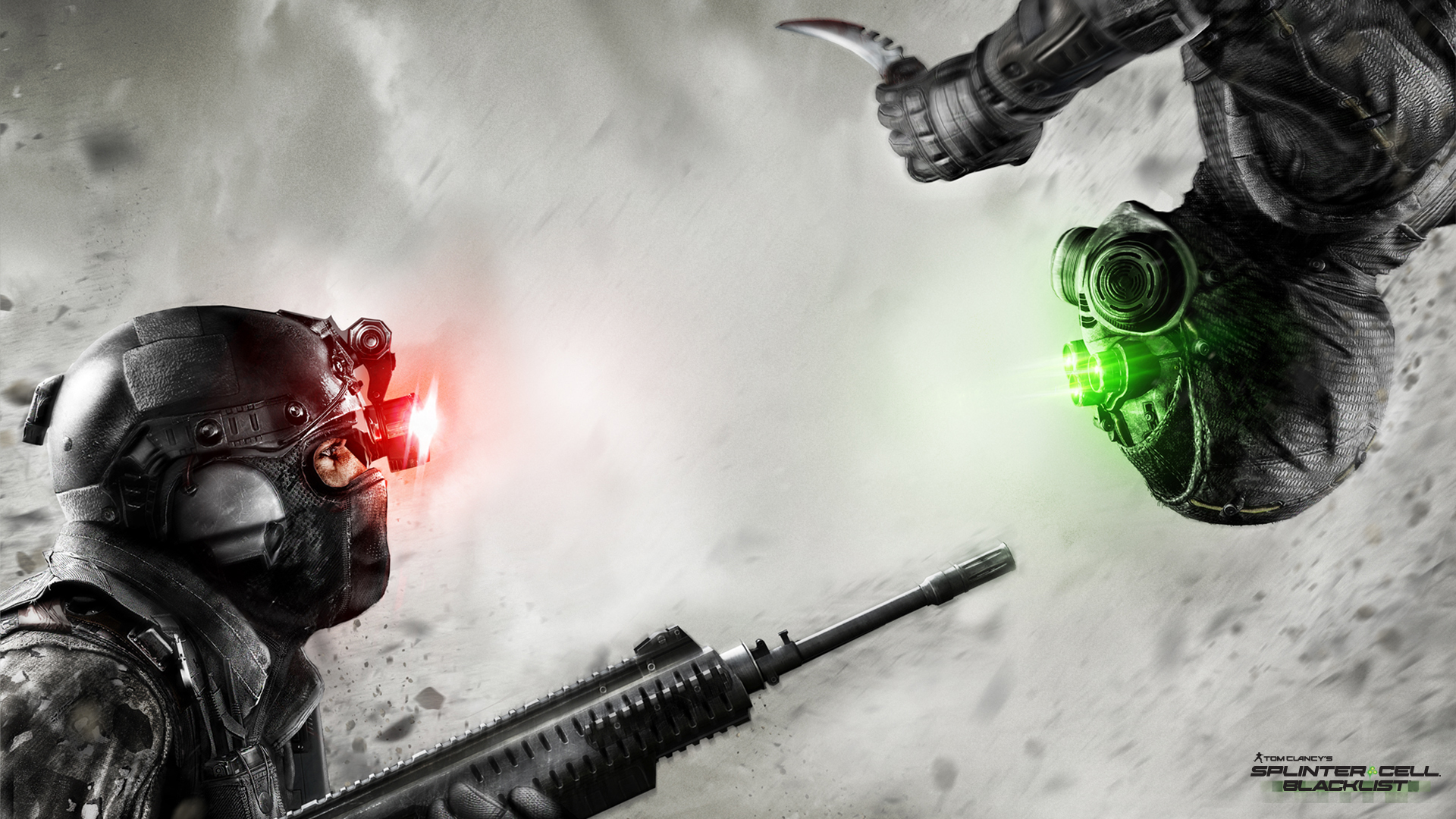
While the concept is simple, the execution is fantastic. It’s a refreshing change of pace from the banal wave of team deathmatch shooters that has become a staple of gaming today. Ubisoft has managed to find a balance between the two sides, as neither feels overpowered. The spies are nimble, yet weak, and the mercenaries’ strength lies in brute force, but lumber slowly through the levels. Like the campaign, playing matches awards you with money that you can spend to upgrade your loadouts for either mercenaries or spies, ensuring diverse player builds across the network. And while these upgrades are welcome, some are too ambiguously named with no descriptions, meaning you may spend some hard-earned cash based on guesswork.
“Blacklist” isn’t just a strong “Splinter Cell” game, or even a great addition to the stealth-action library. To use any of these descriptors would diminish the work Ubisoft has achieved with their latest Tom Clancy entry. More simply, it is a great game. It knows exactly what it wants to achieve, and does so with both confidence and the polish we have come to expect from Ubisoft titles. Lukewarm sales since its release have not yet solidified a follow-up to this achievement, but if nothing else, it's an appropriate farewell to what will be a fondly remembered series.
